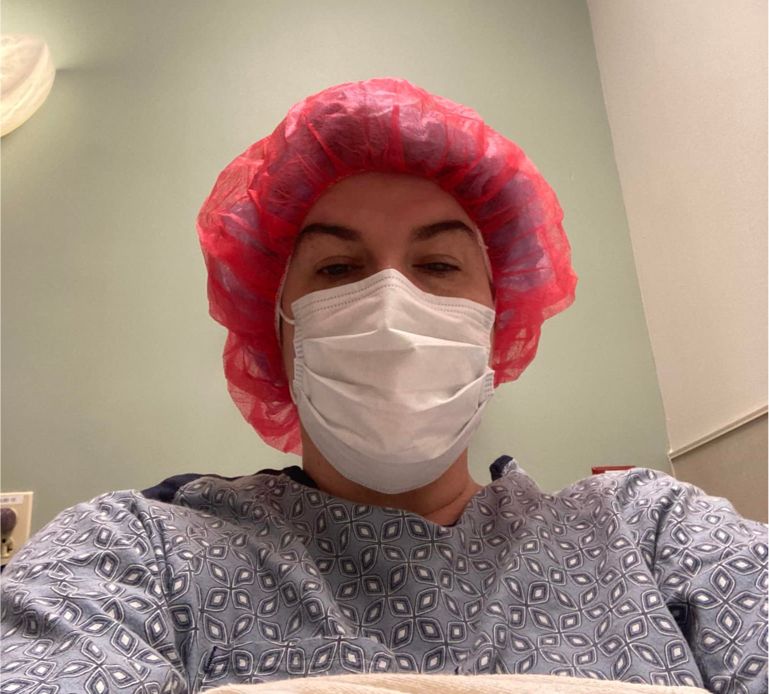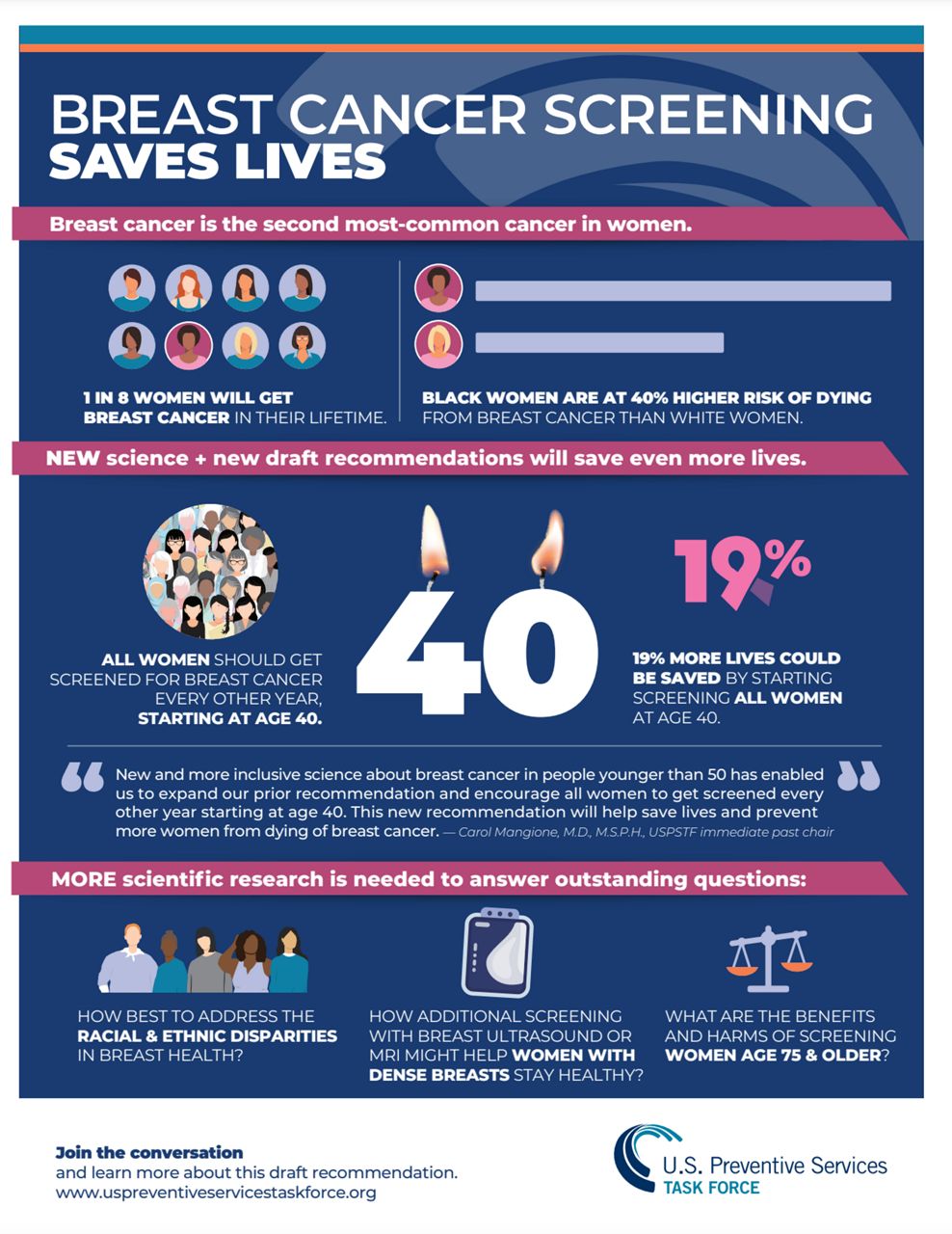RALEIGH, N.C. — A possible shift in guidance is on the horizon when it comes to how frequently women should be getting mammograms.
This week the U.S. Preventive Services Task Force announced women of average risk should start getting screened for breast cancer, every other year, as early as 40 years old.
This comes as breast cancer remains the second leading cancer killer of U.S. women, behind lung cancer, according to the Centers for Disease Control and Prevention.
Kimberly Burrows, the executive director of Susan G. Komen for North and South Carolina, uses her personal journey to advocate for breast cancer education.
“My mammogram was always scheduled in December, so I went in figuring ‘I’ll be in and out’ and didn't expect that it would be life-changing,” Burrows said.

Pink wasn’t always Burrows’ favorite color, but now she wears it with pride.
“As I was getting ready to walk into my holiday party for work, I got the notification in my ‘My Chart’ that I indeed had breast cancer,” Burrows said.
She was diagnosed in December 2021. Her mom is a two-time breast cancer survivor, but Burrows says that doesn’t always mean what people think it might.
“When people think breast cancer, they think, ‘Oh, it's all genetics.’ I don't have the BRCA1 or BRCA2 mutations. If you looked at my mother and I, our breast cancers are nowhere near related,” Burrows said.
She opted to have a double mastectomy, a choice she feels lucky to have had, all because it was caught early.
“A mammogram saved my life. If it hadn't been for my going every year to get my mammograms, they wouldn't have been able to see the changes,” Burrows said. “If it hadn't been for that early detection, who knows when it would have been caught? And by the time it was caught, would it have been too late?”
When she heard about the new recommendation that women get mammograms as early as 40, she applauded that change, especially for different groups of people.

“The incidence rate for white and Black women are similar, but Black women are 40% more likely to die. And breast cancer is the leading cause of cancer deaths in Latina women,” Burrows said. “We know that breast cancers are being diagnosed earlier. Unfortunately, when a woman is younger, it often is a more aggressive form of breast cancer. So Susan G. Komen has had a longstanding that we've recommended breast cancer screenings and mammograms start at age 40.”
The recommendation also suggests mammograms every other year, but Burrows says Komen and other experts prefer annual screenings. Either way, she says it’s important to make them a priority.
“I encourage any woman out there who has been putting it off to go and schedule that mammogram,” Burrows said.
The task force’s draft recommendation applies to women at average risk of breast cancer but not those at very high risk due to genetic or other factors. It is open for public comment through June 5. After that, the task force will decide whether to finalize it.



